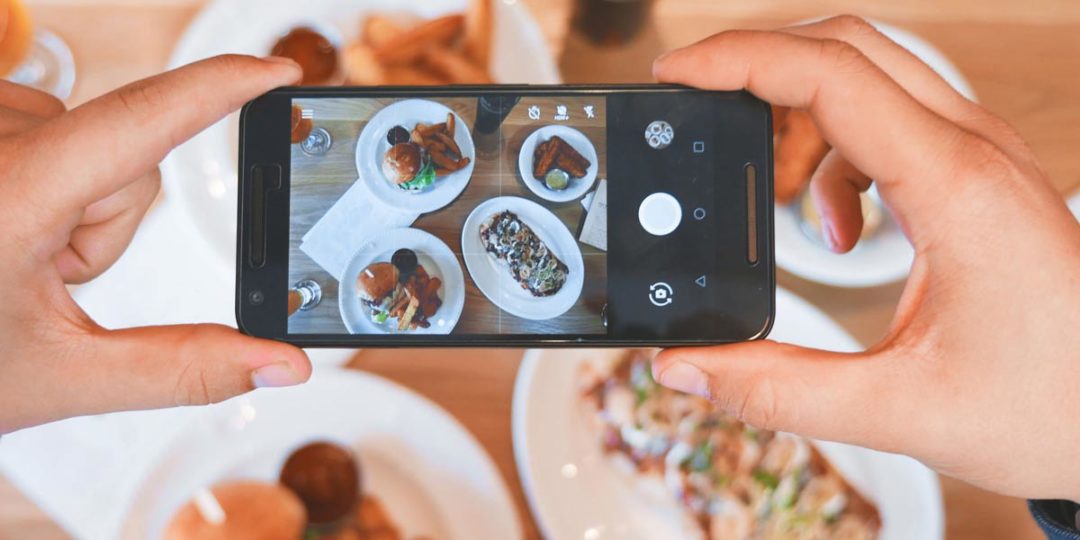“ITP Live” was launched this week in Dubai with a half day conference promoting the case for the use of Digital Influencers in the UAE and Gulf region, but is the old concept of media reach and eyeballs applicable to this new kind of celebrity endorsement?
Part of ITP Live’s offer is to collect together some of the region’s biggest social media ‘stars’ and offer their influence to advertisers at a price. The idea is that being seen in a Twitter timeline or Instagram feed from a trusted source has more impact than a more traditional ad.
For a content creator, who has taken time and effort to build a following, making money from advertising can be a significant income stream, but does accepting money for mentions fundamentally change the dynamic between the influencer and their audience?
It depends.
In some countries, it is now required for users of social media who are being paid to promote content to use the hashtag #AD to denote that it is paid advertising. This level of transparency is important for brands who want to be honest with consumers about the messages being delivered. Using #AD is not law in the UAE, however there are several interesting laws that do apply to this kind of advertising.
Influencers who are being paid to Tweet or post photos on Instagram come under the same laws as Ads in the UAE in print or on TV. This means that they need to be honest, not make product claims that may lead to product liability actions, not compare products unfairly and respect local norms relating to the promotion of banned substances or practices which are illegal.
Not all the local influencers are comfortable with identifying the social media which they have been paid to post. Several present at the launch of ITP live were reluctant to disclose such a relationship to their audience, arguing that their followers ‘know’ when content is advertising.
Influencers and Brands agree that measurement is important. Some advocate the use of specific calls to action that allow purchases to be tracked, while others say that this understates the Brand Building benefits of these campaigns.
Brands and Marketers also understand that numbers don’t mean everything. An influencer with 5 million followers who never like, share or engage may not get the same results as an influencer who has 2000 followers, all of whom are CEOs. The term micro-influencer is one that will be used more and more in 2017 and beyond.





No Comments